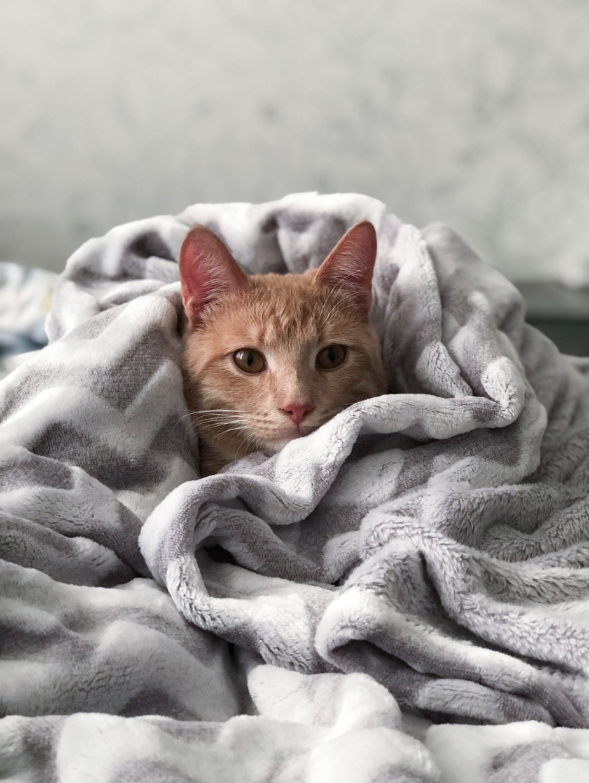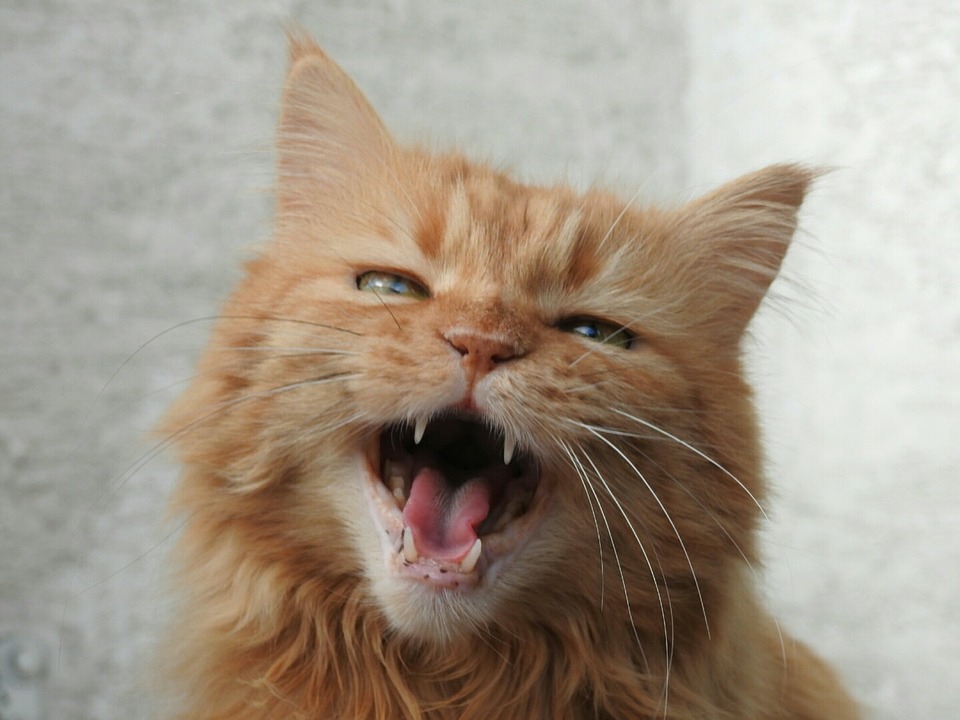5 Intriguing Cat sounds : Communicating with your cat purrfectly
Just like humans, cats will use every possible way to try and communicate, not excluding cat sounds. No, your cat does not make random noises but is instead trying to pass some valuable information.
From the purrs, meows, chirps and yowls, if you carefully listen and observe your feline friend, you’ll understand what she wants.
As you’ve probably noticed, cats never hesitate to communicate what they want and if you slightly misinterpret you might just find yourself getting clawed.
Understanding cat language is not always a walk in the park. However, with a little observation, you might be able to hit the nail on the head.
Here are some of the cat sounds and what they mean.
Cat sounds 1: Meows
Undoubtedly, meows are most likely what cats are known for. While kittens meow to communicate with each other and their mum, adult cats exclusively meow to humans.
Adult domestic cats tend to view themselves as part of the family, sometimes as the baby, explaining why they still meow to humans.
Types of meow sounds:
- Soft, long pleading meows: Most likely, your cat is hungry and is requesting for some food.
- Several short meows at once/rapid meows: Happy and excited at seeing you, pay attention to me.
- Low/drown out meow: Displeased cat.
- A high pitched but short meow: A form of greeting, excitement, welcome home greeting
- A plaintive but more extended meow: An angry/annoyed/worried cat.
Most of the time, when a cat meows, she wants something. However, older cats may be expressing their anxiety on ageing or falling senses.
Cat sounds 2: Purrs

To a cat lover, a purr is a form of music to the ears, as it as a rhythmic soft, deep rumble your feline friend will produce when in jovial moods. You should be pleased whenever you hear your cat purring as it merely means she loves you (other signs your cat loves you).
You can encourage your feline to purr by gently stroking her when she’s asleep or resting. This gives her a sense of security as she knows she can trust you at her most vulnerable point when sleeping or resting.
However, some cats tend to purr when they are agitated. Others purr when they are sick and in pain. Your feline will use other body languages to help you know if everything is okay.
For instance, observe the ears and body language during the purrs. If the body is a little tense and the ears are back, then your cat is agitated and/or worried. If by any chance you also notice your cat purring a lot compared to other days, it’s time to visit the vet.
Cat sounds 3: Chirps, Chirrups and Trills.
It is not uncommon to hear cats make chirping bird-like sounds that almost resembles a dove chirping.
While some cats make this sounds while hunting and trying to attract prey, others will produce them to draw your attention. If your feline friend is hunting, try not to scare away the little bird s/he’s hunting by laughing at the chirps and chirrups.
Trills are adorable sounds in between a cat meowing and purring. Cats use trilling to greet their owners or catch the attention of people they love. Who said cats can’t be sweethearts?
Cat sounds 4: Hissing and growling.
The hissing sound accompanied with a straight spine and a puffed tail is a sign of an agitated cat ready to do anything to defend itself. Sometimes, the cat with its canine out prepared to strike spits to intimidate the threat.
It mostly occurs when the cat feels threatened by something in the environment, and this could be anything from a dog to other humans.
The cat family in general, from lions and tigers to domestic cats, growl whenever they feel a territorial threat. Although larger cats have that deep growl, domestic cats tend to growl in a high-pitched sound and may sometimes start or end with a short or long yowl.
My cat growls at new faces as she is not that friendly. This could be your cat too!
Whenever this happens, try to remove whatever is making your cat agitated and stressed. Do not in any way attempt to be friendly when your cat is in this state.
Cat sound 5: Yowling, caterwaul and a scream.

This sound is somewhere in between a cat howling and yodel. Arguably one of the most irritating cats sounds, it is always intended for other cats during the mating season.
It is characterized with long moaning sought of the cat howling and trying to express its mating desire, discomfort or territorial concern. Yowling is so unique in that you can not miss it, the never-ending long yowls will definitely catch your attention.
It’s important to note that some cats also yowl out of boredom. Although cats on heat yowl, it is not uncommon for neutered and spayed cats to also yowl.
Sometimes, cats yowl when they are sick and uncomfortable. If your cat is continuously yowling, you need to make that much-needed trip to the vet.
If you have recently adopted a cat, s/he may yowl as a way of expressing the unfamiliarity and losing their once comfortable familiar space.
A caterwaul is a female’s cat way of calling out males during the mating season. Expect an unspayed female cat to do anything in her willpower to get out and meet up with the male cats who at the sound of the caterwaul will always be nearby.
A scream: A female cat will scream after the mating process as it is usually a painful experience when separating from the male cat.
Cats also scream when they are fighting.

It’s important to understand that depending on your cat breed, your feline friend may be more or less talkative compared to other cats.
Some cat breeds are by nature, more talkative than others. However, you might also end up with an exception; a noisy cat from a quiet kind.
Tip: spending more time with your cat will help you better understand your feline better as s/he tries to communicate with you.
And yes, cats do understand humans, they just choose to play the ignorance game. According to scientists, felines identify their owners’ voice, and if you observe, you’ll actually notice your cat responding to you talking. Why they choose to be aloof? Well, that’s another story for another day.

IF YOU FOUND THIS ARTICLE USEFUL AND YOU’D LIKE TO CHECK LATER, YOU CAN PIN IT ON YOUR PINTEREST CAT BOARD








